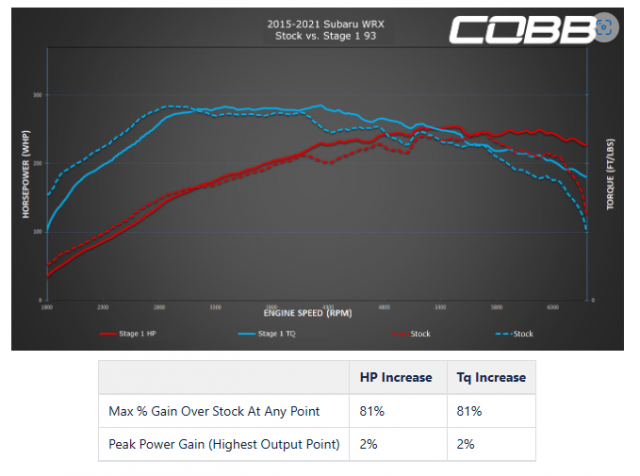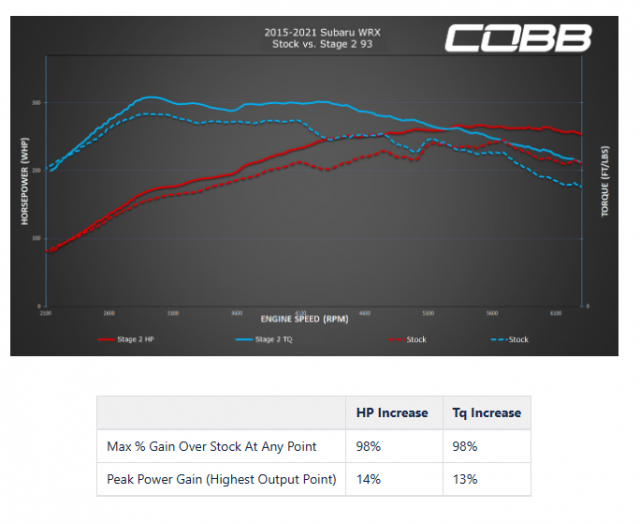I am not ignoring science nor am I ignoring factual information. Furthermore, I am not comparing an STI exhaust to these STs, I merely gave that as an example. Though I do agree it's muddying the waters and I shouldn't have done that. And for the record, the example I gave was for a 2018 WRX. But regardless, my mistake there, I regret that.
Additionally, I am NOT arguing that the OEM exhaust is a bottleneck. I even stated, several times I think, in previous posts here that the OEM exhaust is sufficient, particularly at stock power. I am not arguing that it's too small.
What I AM arguing is that there are benefits to going bigger. That there are benefits to reducing backpressure as much as possible. Sure, there are vehicles here making good power with the stock exhaust (there are even more making good power with upgraded exhausts). Okay. I understand that. All that proves is that one can make X-amount of power with the stock exhaust. It does not speak to how much "effort" the engine/turbos are under to produce this result. What I am saying is that if one were to go bigger with the exhaust, those same power numbers can also be had, with less effort. The air pump that is the engine won't have to work as hard. That's all. The turbos will spool a little faster, possibly require a little less boost to reach those same numbers. One can make a turbo produce more and more boost, and get more and more power, until it melts. That doesn't mean one should. One can make X-amount of power on a stock exhaust. That doesn't mean one should. It means one can. There is a difference.
Everything that you guys have said is to the effect of how the stock exhaust is sufficient (and a lot of the data is centered around an NA motor), and none of it to how bigger hurts performance. You present your calculations here to show how the OEM exhaust is okay. Fine. Not once have a said your calculations are wrong. I have said that aren't applicable to a turbo motor. You can use them to calc the min diameter needed for a certain power level. But it does not logically follow that it must also be the max. Look, I get it. The stock one can be made to work. I'm not saying that it can't. On a NA motor, going to too big has a high possibility of hurting performance. On a turbo motor, it's less relevant, and has potential benefits, especially if it reduces backpressure even more.
If people want to keep their stock exhaust and makes loads and load of power, great. That doesn't bother me in the slightest. To say that a bigger exhaust is not worth it other than for sound difference is not accurate. If you want to disagree, okay man. I am so good with that. If you want to think that the case has been adequately presented and that I am just being obstinate, fine. We can disagree on that as well.


